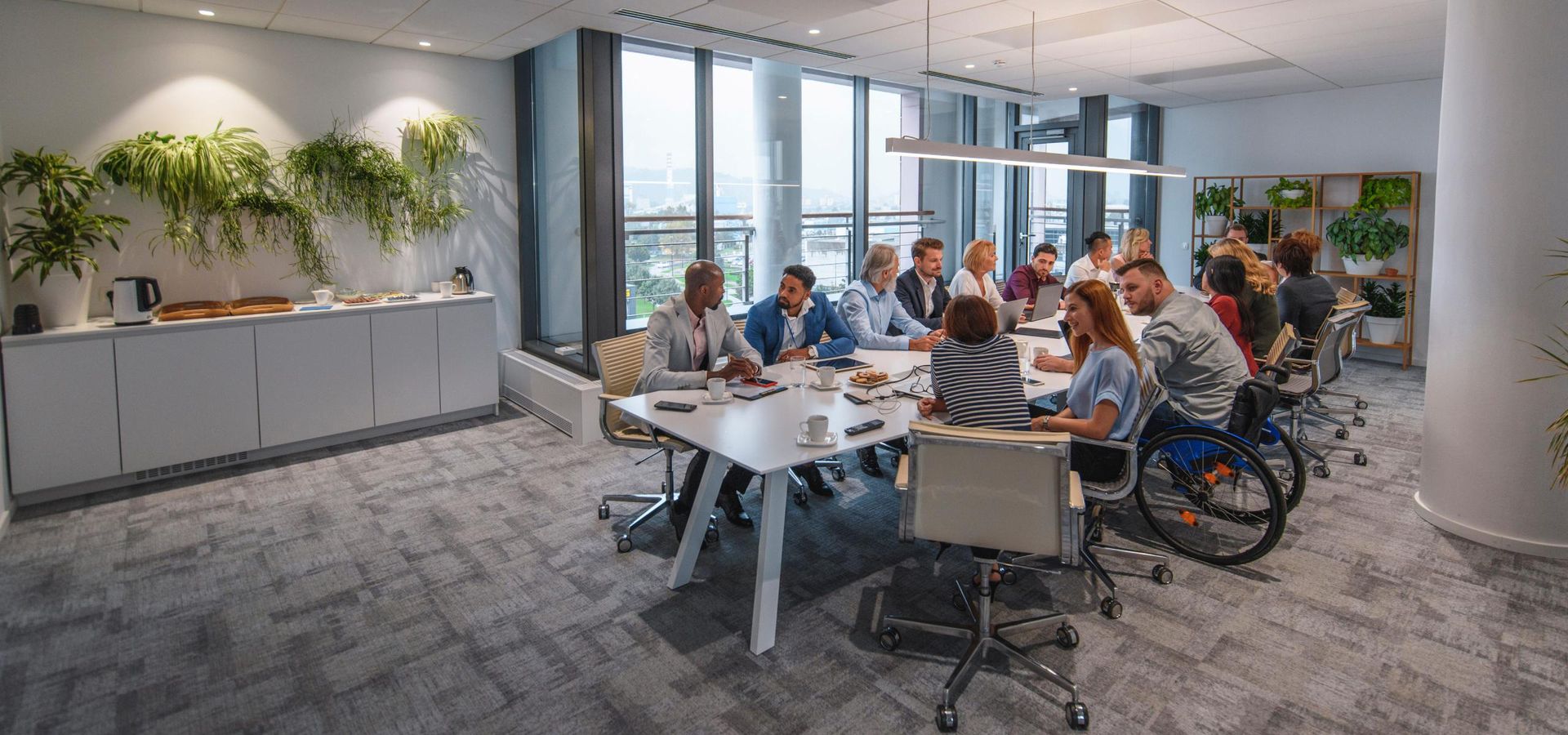
SAP Commerce store audit and optimization roadmap
Itransition performed an ecommerce store backend audit and delivered a roadmap for addressing critical performance problems.
Context
The customer is one of the leading cosmetics companies in the world, manufacturing and selling beauty products for over 20 years. The company is represented in 24 countries, employs 700,000 product representatives, has 5+ million consumers, and owns 30 cosmetics patents that received multiple awards.
New promo periods take a prominent place in the customer’s business model. This is the time when the sales cycle is relaunched with new products, new deals, bundle packages, and promotions for existing products. This also means that product prices on the customer’s website need to be recalculated based on the new conditions.
Being the company’s main sales outlet, the website is a high-load ecommerce store based on SAP Commerce. Due to additional traffic to new product and deal pages as well as price recalculations, the load on the database and the solution subsystems became too high, so the website started displaying the 504 Gateway Timeout error. What is more, as the company started extending its reach to more regions, the website crash instances became more frequent.
To extend their regional coverage, the company needed to solve website performance issues. They looked for a software vendor providing SAP Commerce services to perform a comprehensive system audit and provide recommendations on how to eliminate the existing problems. As a result, the company turned to Itransition for their ecommerce store audit thanks to the recommendation from our former customer and our SAP Commerce and IT consulting expertise.
Solution
We conducted the customer’s website audit by breaking it down into the following stages:
Technology analysis
First, the Itransition team obtained all available technical project documentation to get acquainted with the solution’s architecture, system requirements, and infrastructure components. The customer also gave us access to the system so we could analyze the website’s source code and database.
During the technology analysis, we also examined data from the customer’s SAP Commerce administrative tools. Our team studied the dynamics and changes in the solution’s operation, uncovered aspects that caused poor performance, and made assumptions about what was responsible for them.
We also studied the website’s monitoring system and found several issues while also detecting faults in the source code. To conduct a comprehensive analysis, we deployed a separate SAP Commerce landscape with the entire set of the customer’s production data.
Upon completing the analysis, we prepared a list of questions for the customer’s stakeholders.
Stakeholder interviews
We conducted interviews with stakeholders from both business and technical teams to better understand the website’s processes. Our experts carried out more than ten group and personal interviews with the selected candidates from each department and recorded them all for further analysis.
We then compared our understanding of the customer’s SAP Commerce system with the input from the employees, focusing not only on the system components and operation but also on the reasons behind technology choices.
The audit report
For the report, we arranged the audit results according to each system aspect. The audit documentation contained an as-is analysis and a set of improvement suggestions for each aspect as well as general recommendations.
The optimization roadmap
We discovered that the majority of issues with the website happened when the traffic was high during new promo periods and when new regions were added. The major problem was that the website had been built as a standard ecommerce solution and didn’t have a load-resistant architecture to support business expansion. To try to overcome these inherent limitations and make the website sustain the increasing load, the customer purchased more resources from SAP Commerce.
We also detected several backend issues, analyzed them, and assigned a severity level to each based on their potential to disrupt business operations.
We developed solution roadmaps for each of the five problems that we found to have the most impact on the system’s performance. Our suggestions centered on methods of minimizing resource usage in the systems experiencing a high load.
| Issue | Inefficient APIs for interacting with internal accounting systems |
| Fix | Since the interaction method led to poor performance under load, we advised the customer to implement asynchronous batch exchange. |
| Issue | Server synchronization of individual requests |
| Fix | We advised the customer to switch from server-side synchronization to client-side synchronization to enhance the system’s performance. |
| Issue | Duplicate calls triggered by resource-intensive functionality |
| Fix | The problem lied in the way some business processes had been implemented, which increased execution time for business-critical requests. To mitigate it, we advised the customer to move separate business logic elements to the client side. |
| Issue | Limited usage of distributed cache |
| Fix | To prevent heavy load on the database and the business logic, we advised the customer to increase the usage of distributed cache. |
| Issue | Insufficient test coverage of business-critical functionality |
| Fix | We advised the customer to increase unit and integration test coverage to ensure software regression will be detected during active distributed development. |
Time and budget estimates
We delivered an estimate for the time frame and costs involved in implementing improvements according to our optimization roadmap.
Results
We conducted a comprehensive SAP Commerce website audit for a leading cosmetics company. Upon completion, our team delivered a detailed audit report describing the discovered issues and their severity and containing a detailed step-by-step guide on how to resolve critical problems and optimize the system, together with labor and time estimations. Relying on the report, the customer can now optimize their website to achieve their business goals.

Services
IT consulting
Our technology consultants help enterprises across industries adopt the right software to achieve their business goals. Contact us to discuss your project.

Case study
An SAP Commerce-integrated mobile app for a retail chain
Get more details on how Itransition developed a mobile app for an online retail chain based on SAP Commerce.

Case study
SAP Commerce Cloud integration for Mydeposits
Learn more about Itransition’s SAP Commerce Cloud integration services for a government-approved tenant deposit protection provider in the UK.